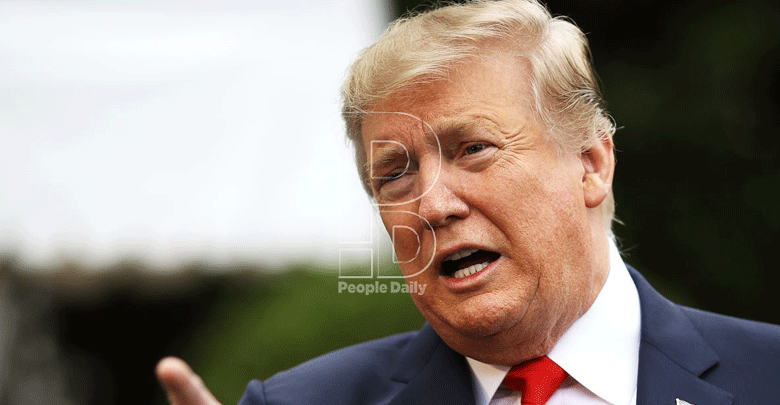China-US row over 5G bound to affect supply chains
By Victor Bwire, June 15, 2020A few years ago, it was unimaginable to think that the next global war would come from technological innovation. It was largely thought to be from oil.
Tensions over minerals across the globe, especially oil in the gulf states and some parts of Africa, and bickering over strategic infrastructure dominated the global discourse on where the next world war would emanate from.
But as it seems, the next world war is likely to be on who controls the race in technology innovation.
A case in point is the dispute between the United States and China over the 5G network.
It might be boardroom wars across countries, but they are going to frustrate those already seeing technology as the panacea to current myriad challenges facing humanity.
The determination to cut off some trade links and break critical value chains in technological development is worrying.
Largely, the trade war that now threatens to embroil the world for the near future is between the US and China.
Latest moves by the US to enforce protectionist trade rules on US companies, previously doing trade with Chinese companies and especially smartphone maker Huawei, threatens the technological growth trajectory.
I am sure, all the countries have alternative ways to come out of the trade standoff, but at a huge cost for a lot of corporates involved, both directly and indirectly.
Studies so far indicate that regional trading blocs and interdependence within the value chain globally are best practices in improving trading opportunities, and any attempt by any one country to protect its companies from the competition in a liberalised world will be counterproductive.
The dispute was sparked by spying claims and counterintelligence within the technology wars between Washington and Beijing, but it seems it is more than that – something that can push a country to break known trade protocols without considering the huge cost associated with such move, and alter international trade flows, must be really strong.
The US Foreign Direct Product Rule, aimed at imposing restrictions on the sale of microchips to Huawei is defeatist.
Obviously, this has a huge implication on the demands of the microchips and associated products in the supply chain.
They must now look for new markets or have to use huge investment amounts to covert the manufacturing establishments.
Following the attitude by the two countries’ leadership that saw failure in trade talks, suspicion has escalated between the US and China.
The 5G network, which is at the center of the trade wars, might not require the technology especially masts used in the 4G and 3G networks, and the dispute, therefore, could largely be because of insincerity between trading partners.
While the current discussion is on the new rule that are targeted at restricting chipmakers from free trade, we are not sure what sector will be targeted in the next wave of restrictions on US companies against trading with Chinese counterparts.
It started as a small experiment but it is now a full-blown trade war between the two countries and the casualties are private investments that might not have seen this coming in this magnitude. —The writer is Programmes Manager, Media Council of Kenya
More Articles

